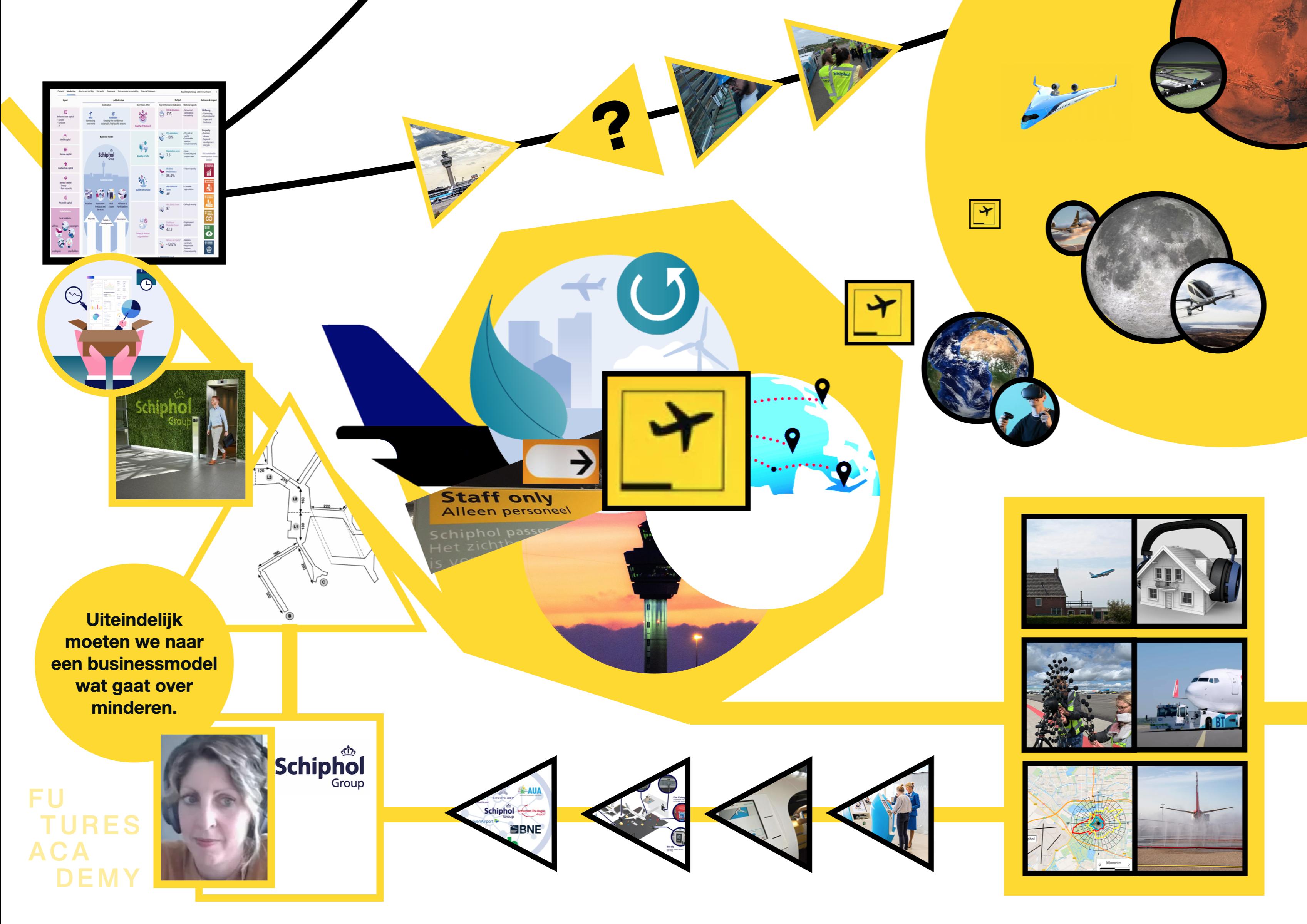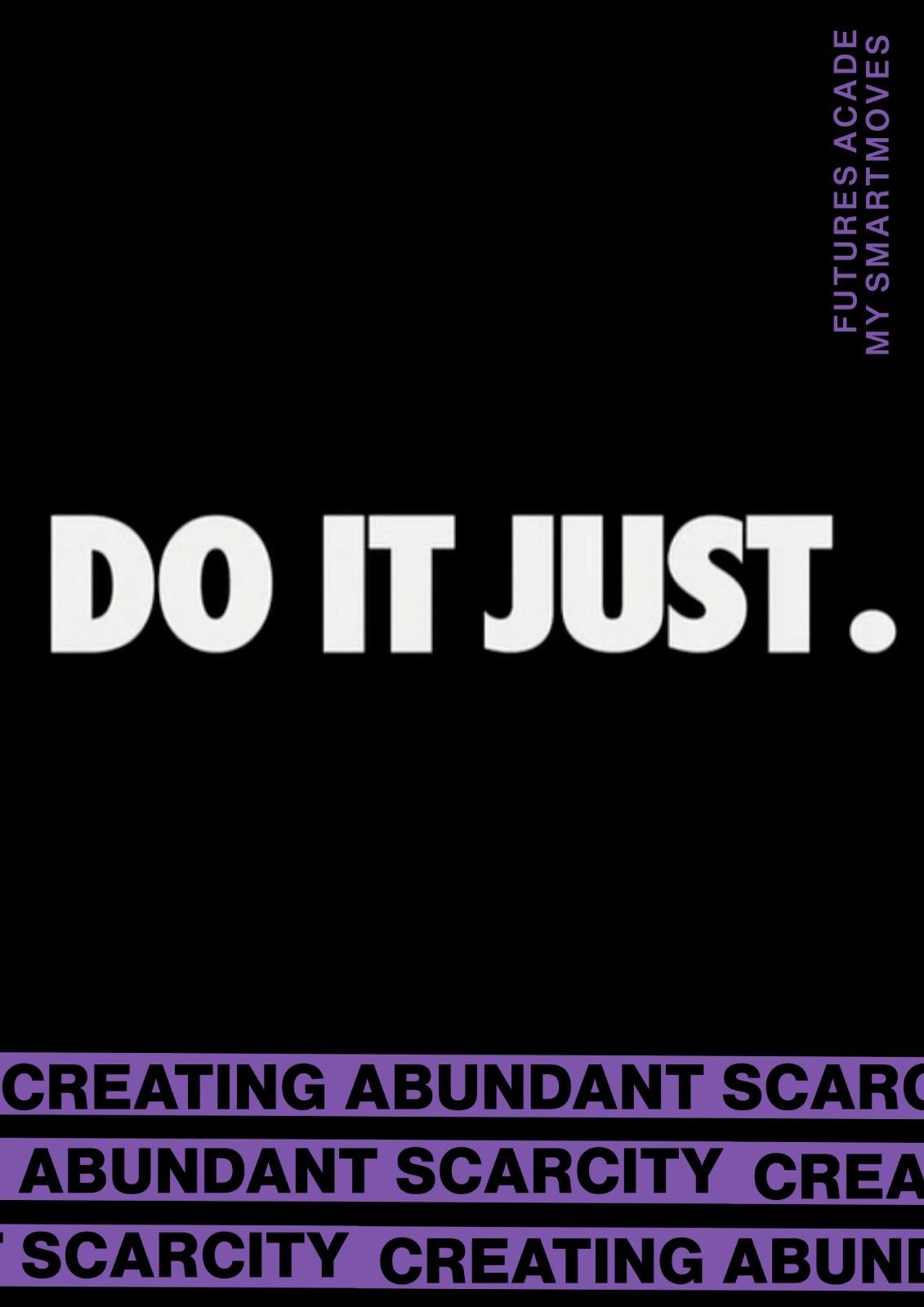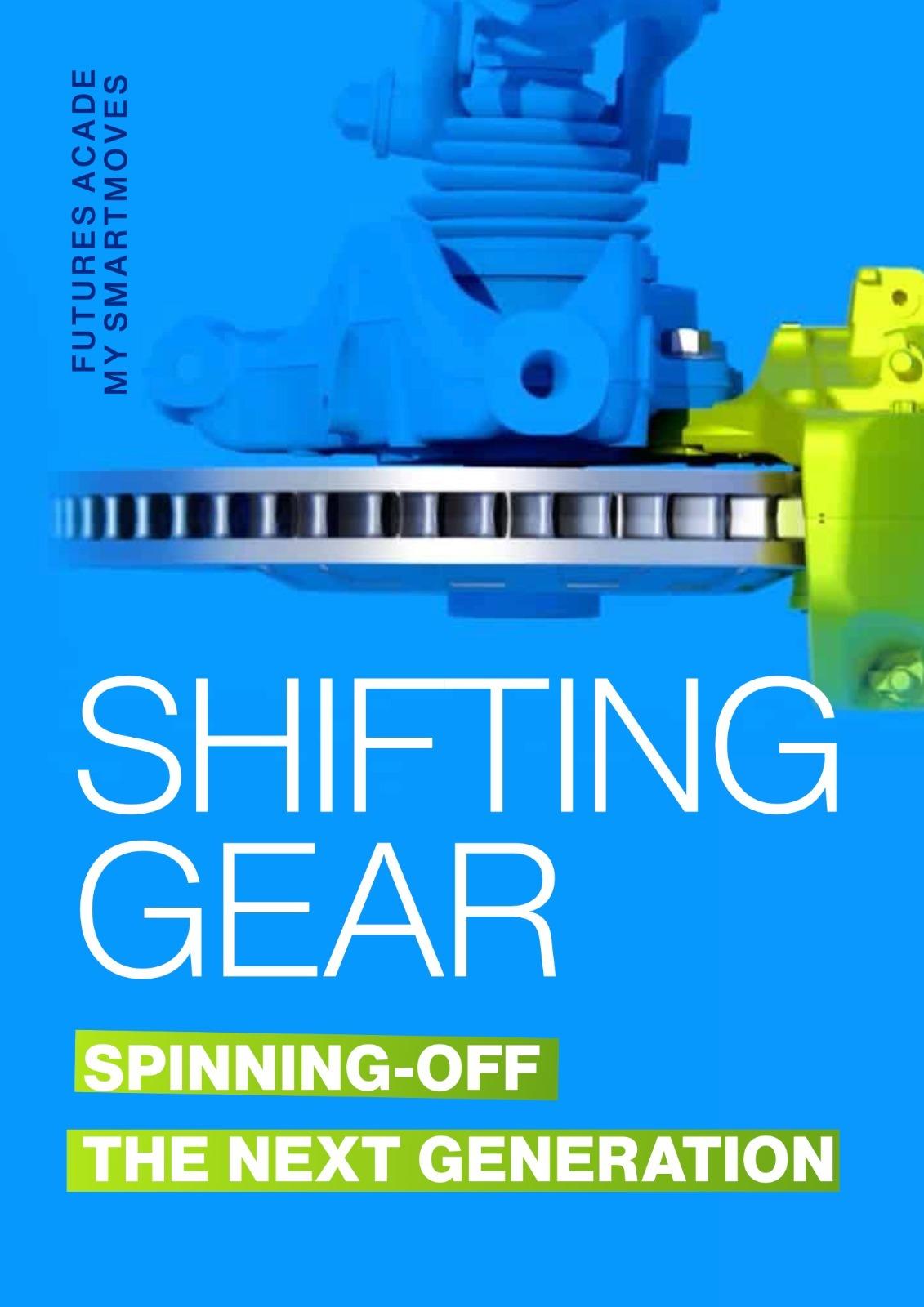
2 minute read
A NESTED APPROACH
Innovation within innovation for agility ánd scale
In design, the term "nested" refers to a principle that involves organizing components or elements within another system, where each level is contained within the level above it. Literally nesting one structure within another. At Schiphol the projects are nested within a platform-organization approach. The platform allows for new partnerships, and the partnerships are nested in the vision 2050.
Advertisement
A systems thinking approach
This nested principle can for be applied with Horizon 1, 2 and 3 innovation. Where an idea on horizon 1 is also nested in a larger project or idea for Horizon 2 or 3. This can involve dividing experiments into sub-experiments, which can be further divided into smaller tests, and so on, creating a set of tasks that are nested within each other. This enables a clear connection between the result of one task and the results of the total project.
Different levels of complexity
The main benefit is that nested systems help to deal with complexity. Since the different systems are embedded a team can safely work on a smaller project or task, knowing that at the same time the outcome will also have impact on a more complex, strategic level of innovation.
Systems of systems
Nested systems enable us to take a step back and understand how everything connects and fits into a bigger picture. Doing so will enable us to shift from the old reductionist way of thinking toward a more integral perspective. In Schiphol’s case mobility, growth and sustainability are not seperate models but have a nestes structure. It warrants that the result of a sub-system is measured against the impact it has on the challenge as a whole.
These worksheets offer a summary of Schiphol Group's smart move towards 'opening up for co-creation'. On the backside of the worksheets, you will find the questions you can ask yourself or your team to challenge your own perspectives.
WHAT WOULD SCHIPHOL DO?

WHAT WOULD YOU DO?

Patagonia
Patagonia started as cash cow to provide funding for the high-quality gear it was making. With its outdoor DNA and extreme focus on craftsmanship, it became the epitome of a sustainable business, advertising not to buy and starting a non-extractive ownership model.

Nike
Nike made an important strategic turn to 'double down on digital and direct to consumer'. This required a completely different approach towards innovation, distribution and communication to relate to the thousands of subgroups and niches where everybody is an athlete.

Klarna
'Buy now, pay later' – a business model that was said to be doomed to fail. Klarna embedded this backend payment service into the checkouts of numerous online stores. And then it turned the tables to become one of the largest e-commerce front-ends for the Insta-generation.

Normorm
The Skype cofounder views all business through the lens of unit economics: when an element reaches near-zero additional cost, digitally scale and disrupt an entire industry. His most recent scaleup is forcing the furniture industry into a circular service model.


Slack
A former game company turned itself into the largest teamcommunication platform in the world. Slack approached the future of work as a team-of-teams and built a platform and organisation to turn everything into a dynamic conversation.

Polestar
Volvo made an unconventional move by spinning off its performance division, Polestar, to not only design an entirely new electronic, climate-neutral car but to also create an entirely new organisation and vision of what a 'car' is.










